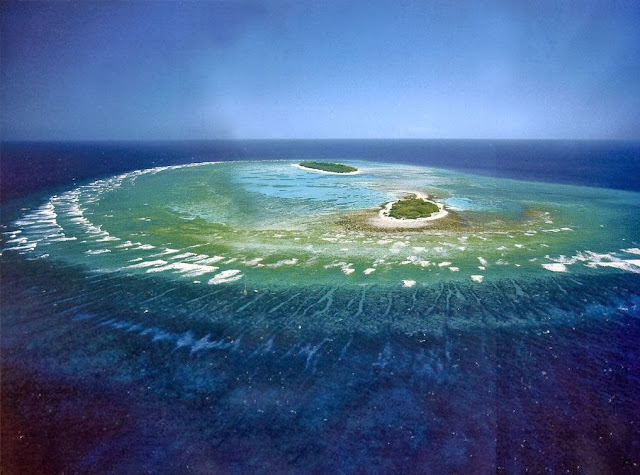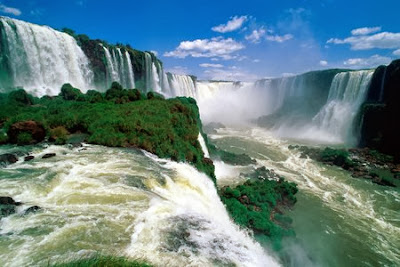Provence-Alpes-Côte d'Azur is one of the 27 region in France and it is covers a large area from the Mediterranean Sea up to the French Alps. Its identity as a geographical region is a hold over from the days of the Roman Empire. Its western border is the Rhône River and its eastern border is Italy. The Provence includes the French Riviera and is famous for its sunny weather colourful countryside, tradition, wine, food, and language. Its main attractions include the city of Avignon and the wide variety of villages which can be easily explored by car or bicycle on the network country roads and highways. Van Gogh spent a respectable amount of time in Arles painting the countryside.
Provence is now a part of the official administrative region of Provence-Alpes-Côte d'Azur, but the region's identity is associated more closely with its history and culture. Although a bit stereotyped now (those lavender fields all over postcards and guidebooks, that you'll have a hard time finding!), Provence culture is rooted in what was once a lively regional culture and language.
Luberon mountain is a highlight of Provence, often referred as the "Chic" Mountain that rises up the valleys of Calavon in the north, to the Durance in the south. The views of this Valley are most sought after and the lifestyle of the "pays du Luberon" are an inspiration since the Roman days. All about Provence, food, history, climate is unique and aspirational.
Provence is a vast and beautiful region, and merits a long trip, not just a few days or a week. To truly appreciate this region you must be the type of traveler who likes food, wine and local crafts. It is recommended to make your own itinerary, and make it flexible enough to enable you linger at an outdoor cafe or winery or take in an interesting Roman ruin when the moment takes you. There is a "joie de vivre" attitude throughout this area that is contagious, especially after two glasses of the regional rose and a picnic of cheese and sausage from the local farmers.
The mountainous northern part of the historic Provence. The Oriental Leburon and the Verdon Gorge are among the region's highlights. Provence receives around 34 million tourists.
The tourist can get in to this region by train connections from Lyon and Paris are excellent. The TGV fast train gets you there from Paris in about three hours. Typical gateway cities include Aix-en-Provence, Avignon, and Valence. From these cities, one can easily explore the beautiful region. On Saturdays in the summer season, a Eurostar service operates to Avignon direct from London. the best way to get around and to explore is by car or bicycle. The network of country roads and highways are easily navigated. With a village every ten minutes by car, Provence is one of those places where getting lost can work to your favour.
The Provence-Alpes-Côte d'Azur region covers all the historic Provence area east of the River Rhone, together with the French Riviera, the eastern end of which used to be the County of Nice. The low lying parts of this region are generally dry and warm for most of the year, but the higher parts, stretching up into the Alps, are dry and quite cool. This southern part of the Alps is the sunniest part of the range.








.jpg)






.jpg)



















.jpg)













